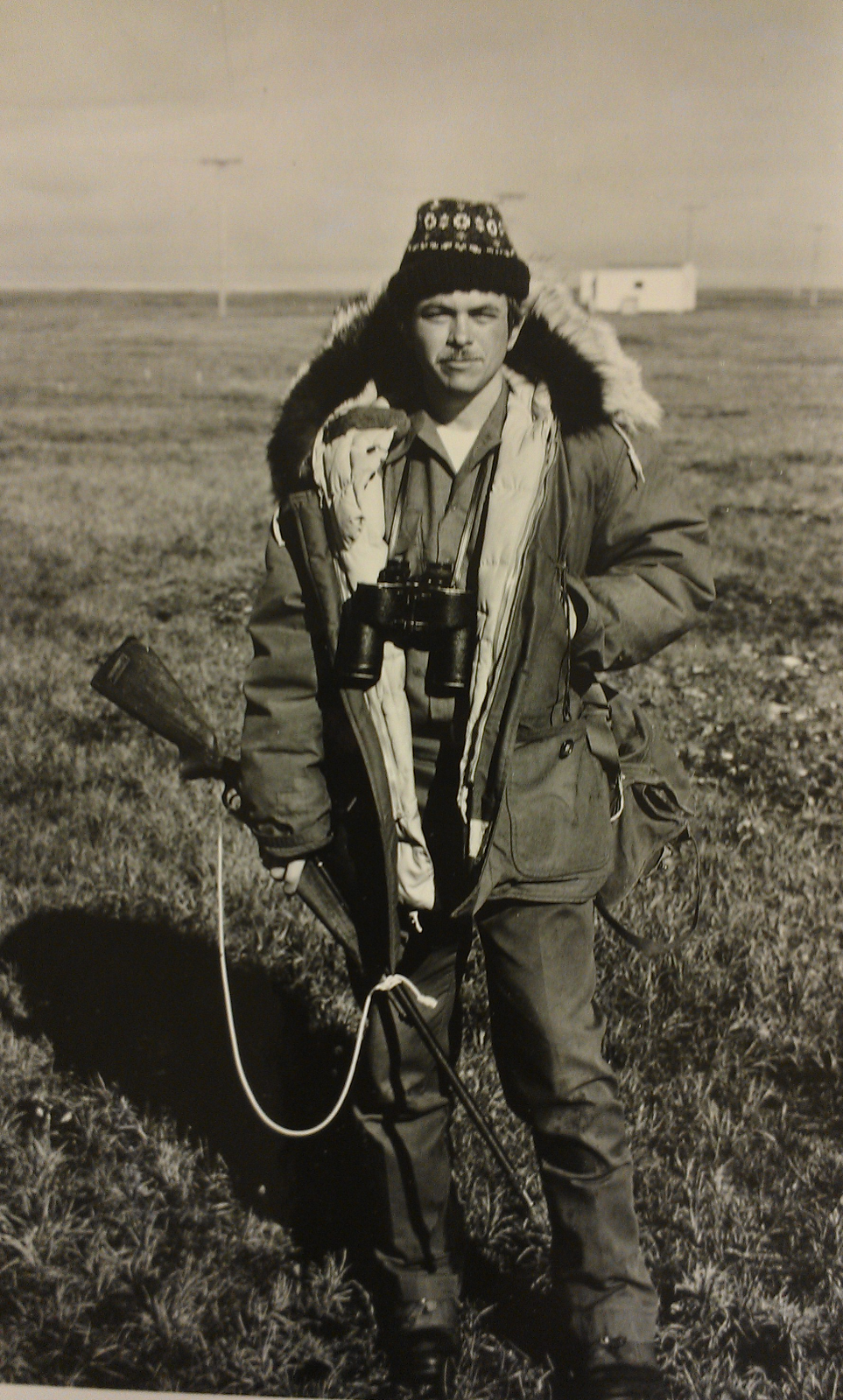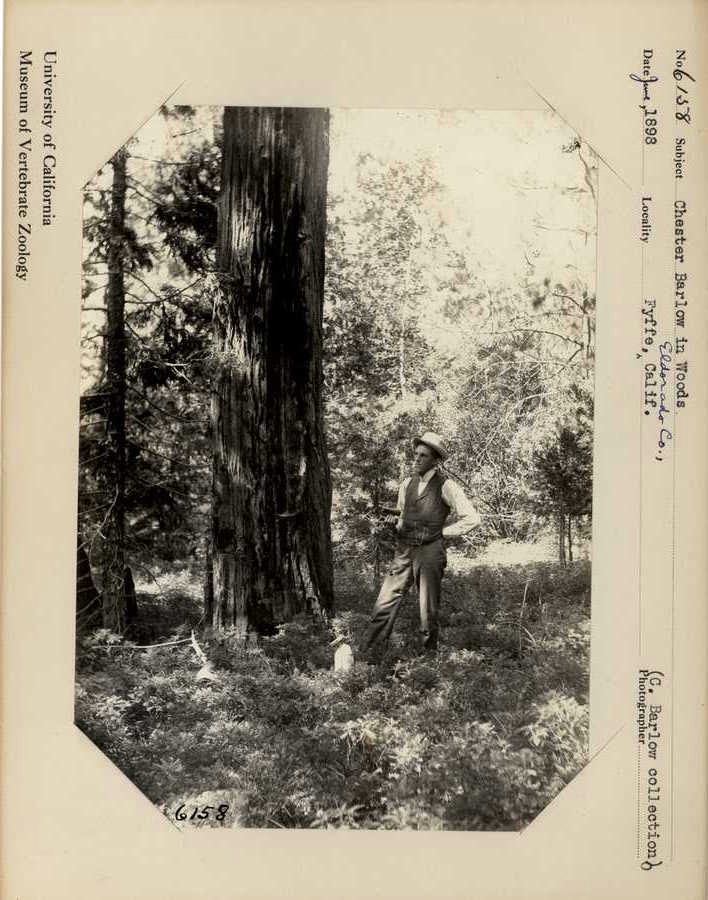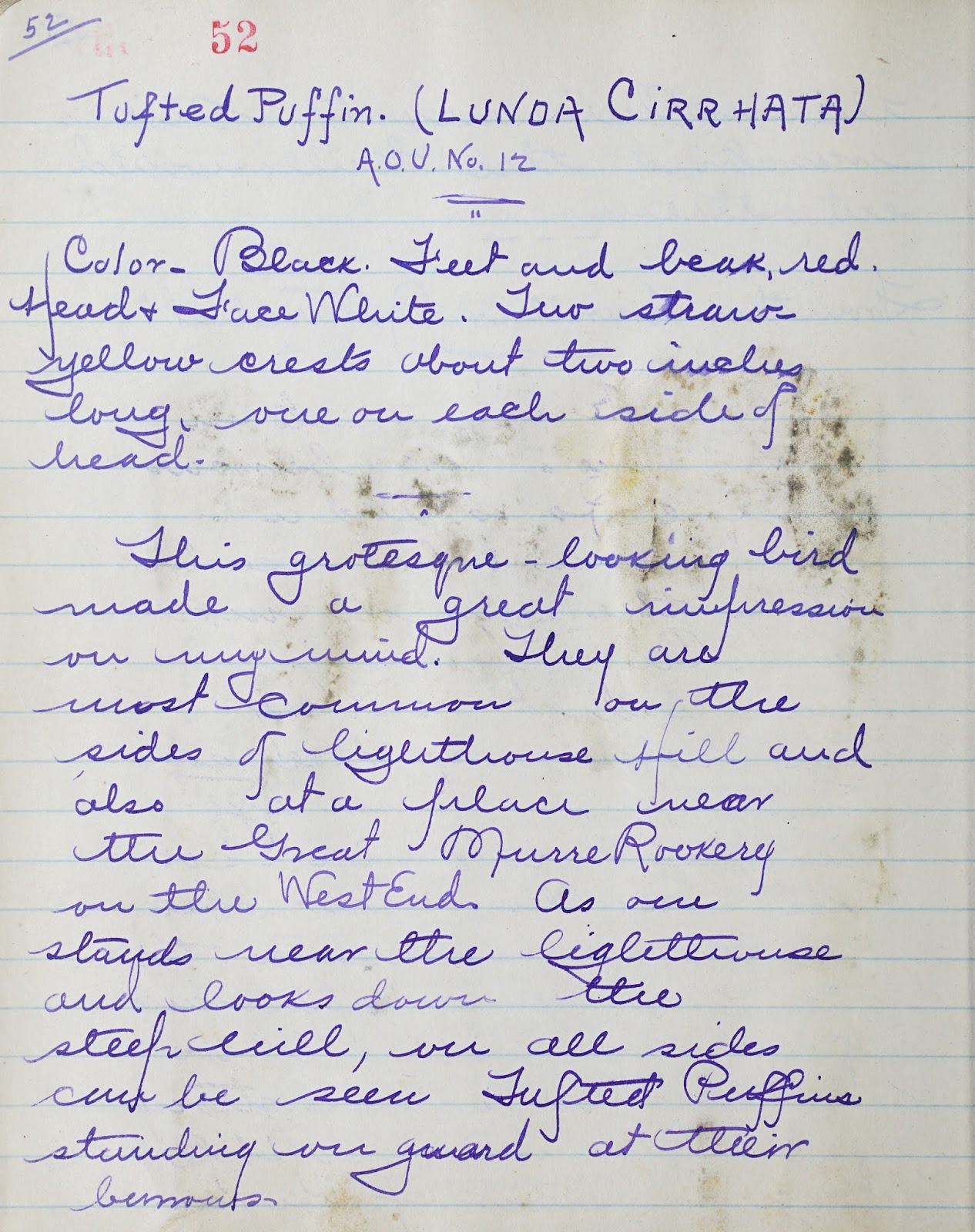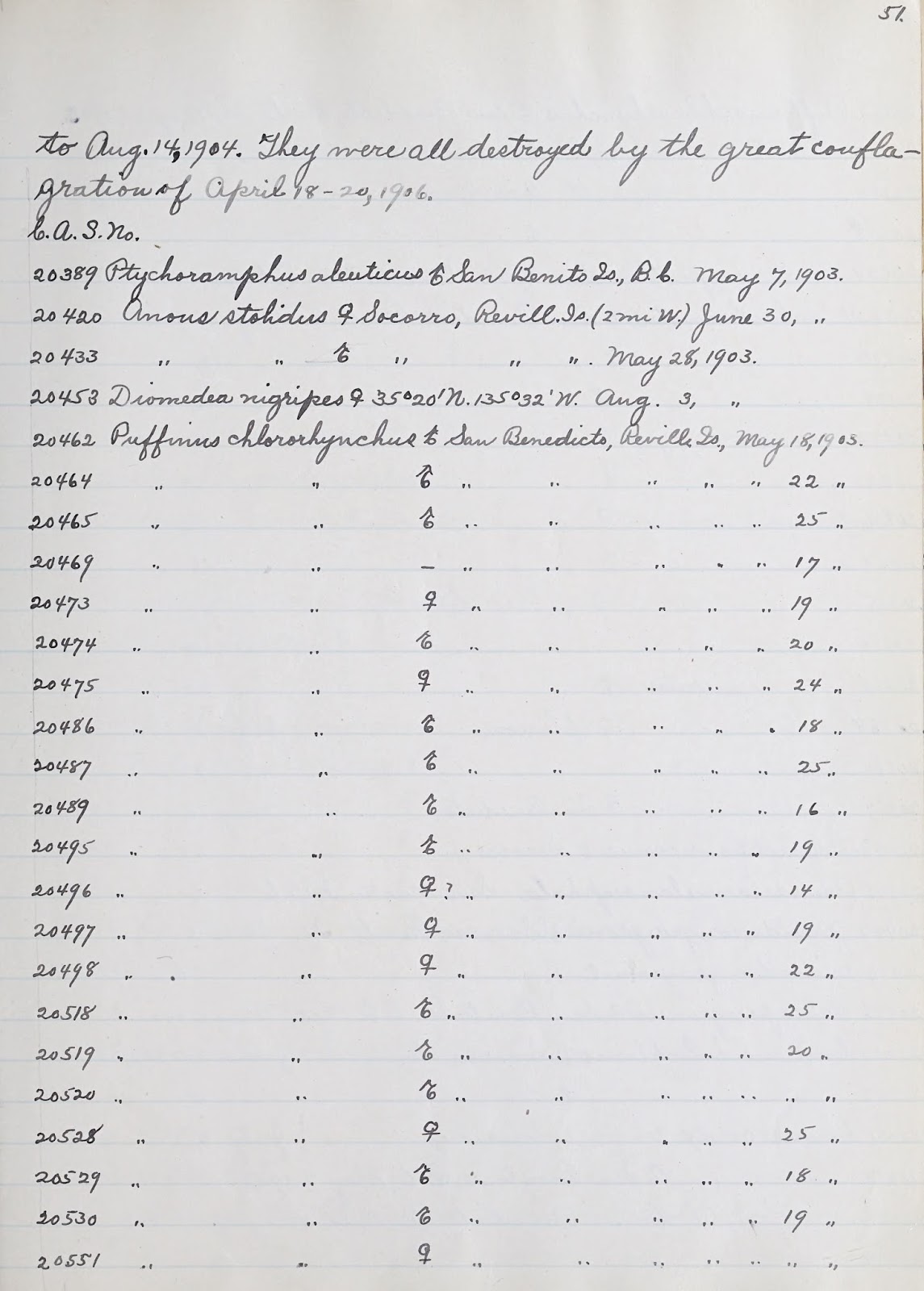“Access to the original record…wherever we now work”: Highlights from the Museum of Vertebrate Zoology field notes collection
The Museum of Vertebrate Zoology (MVZ) at the University of California Berkeley is a collaborative partner in the Biodiversity Heritage Library Field Notes Project. The MVZ has committed to digitizing 1,500 of its historic field notes as part of this collaborative undertaking.
The MVZ’s storied field notebook collection was a concept developed at the founding of the museum by Joseph Grinnell, the MVZ’s founding director. From its earliest moments, Grinnell and the museum’s benefactress Annie Alexander discussed methods and curatorial best practices for the specimen collections and research. These ideas and principles around the organization of data recorded around collecting events evolved into Grinnell’s methodology for recording field notes. Early letters between Alexander and Grinnell in the later months of 1907 document their thoughtfulness, excitement, and collegial concern for establishing a research museum which would document the land fauna in the Western United States. Grinnell recognized that field notes would be the lasting primary source material that would document the biodiversity of the rapidly changing environment of the west in the early 20th century and in the future. In 1910 Grinnell famously wrote:
“At this point I wish to emphasize what I believe will ultimately prove to be the greatest value of our museum. This value will not, however, be realized until the lapse of many years, possibly a century, assuming that our material is safely preserved. And this is that the student of the future will have access to the original record of faunal conditions in California and the west, wherever we now work.” [1]
The MVZ’s digitized field note book collection is a testament to Grinnell’s enduring legacy. From Grinnell himself, to the life works of Wilbur Mayhew, it is impossible to cover all of the amazing personalities represented but the following selections highlight some of my favorite individuals and collecting efforts from the first 300 books digitized.
Arctic Research Laboratory
Frank A. Pitelka was a UC Berkeley Professor and MVZ Curator of Birds whose prolific career included collaborative research projects at the Arctic Research Laboratory from 1955-1973. Along with his students, Prof. Pitelka’s Barrow, Alaska field notes record distributional data, life histories and behavioral observations of shorebirds, brown lemmings, and other groups across the Alaskan North Slope Borough.
 |
| Thomas Custer, Barrow Alaska, circa 1970. |
The MVZ Archives has received much interest around field notes from this area and are excited to be able to provide access to this important record of the biodiversity of the Barrow region. Resurvey efforts in Alaska will be greatly supported by the field notes of Richard T. Holmes and the other Pitelka students who participated in the Arctic Research Laboratory.
 |
| Richard T. Holmes, Alaska species accounts, part 1, v4220, 1959-1964. |
And when Walter E. Bryant died in 1905, Walter K. Fisher began his memoriam to Bryant by stating, “Not since the lamented Chester Barlow passed away, nearly three years ago, has the Society suffered so severe a loss as from the recent death of our esteemed honorary member, Walter E. Bryant. [3]
 |
| “Chester Barlow in woods.” |
Barlow’s field notes and photographs are preserved in the MVZ Archives. His photos and field notes reveal a playful and eager bird enthusiast whose memory lived on in all who knew him. You can read Barlow’s entertaining Farallon Islands notebook on the Internet Archive.
 |
| Barlow, Chester. Ornithological Notebook of C. Barlow with Original Observations Only. (1892-1894). |
Amelia S. Allen
The MVZ Archives featured Amelia S. Allen in its blog four years ago. Allen was one of the earliest women elected to the membership of the Cooper Ornithological Club. She served as Secretary of the Cooper Club’s Northern Division from 1916 to 1924. She then served as the group’s Vice President in 1925 and then elected President in 1926. Her field notes document the avifauna of the Berkeley region from 1901-1944 and include memoirs of life in Berkeley and membership in the Cooper Ornithological Club.
 |
| An example of Allen’s candid reflections from her 1930-1942 Memoir and Field notes volume. |
Edward W. Gifford
Edward W. Gifford was the assistant curator of Ornithology at the California Academy of Sciences and later became a curator at the University of California’s Museum of Anthropology. He kept an aviary at his Oakland home and donated his notes and birds to the MVZ throughout his life. But something very interesting caught my eye while prepping his volume for scanning. In his notes, he has a section recording his specimens that were burned in the 1906 San Francisco earthquake and fire. Gifford was participating in the California Academy of Sciences’ Galapagos Expedition when the earthquake and fire destroyed much of San Francisco, including the California Academy of Sciences. The Galapagos specimens collected by Gifford and fellow expedition members would go on to establish the new specimen collections of the newly rebuilt California Academy of Sciences.
 |
| Gifford, Edward W. Bird Notes: Aviary birds of the San Francisco Bay Region, v4289. (1904-1911). |
Paul Elias
Paul Elias’s Guatemala field catalog and journal is a small and unassuming volume but it recounts an amazing journey filled with discoveries and critical data. Elias made this trip alone in the summer of 1974. He was 18 years old and an undergraduate at UC Berkeley, working at the MVZ. He collected two new genera of salamanders, later named Nyctanolis pernix and Bradytriton silus during this trip. Findings from this trip and the research of Prof. David B. Wake were published in a seminal paper in 1983. [4] It is difficult to imagine a trip like this taking place today. This is really only the beginning of Elias’s work with salamanders. Robin Moore wrote an excellent piece recounting Paul Elias and Jeremy Jackson’s return to the Guatemala’s Cuchumatane mountain range.
The BHL Field Notes Project is funded by the Council on Library and Information Resources (CLIR).
[1] Grinnell, Joseph (1910). “The Methods and Uses of a Research Museum,” Popular Science Monthly, 77, 163–169. https://www.biodiversitylibrary.org/page/1809048 [2] Taylor, Henry Reed (1903). “In Memoriam: Chester Barlow (With Portrait),” The Condor, 5(1), 3-7. https://www.biodiversitylibrary.org/page/53586237 [3] Fisher, W. (1905). “In Memoriam: Walter E. Bryant. Born 14th January, 1861. Died 21st May, 1905,” The Condor, 7(5), 129-131. https://www.biodiversitylibrary.org/page/53610508 [4] Elias, P., & Wake, D. B. (1983). Nyctanolis pernix, a new genus and species of plethodontid salamander from northwestern Guatemala and Chiapas, Mexico. In Advances in herpetology and evolutionary biology. Essays in honor of Ernest E. Williams. https://biodiversitylibrary.org/page/37028275




Leave a Comment